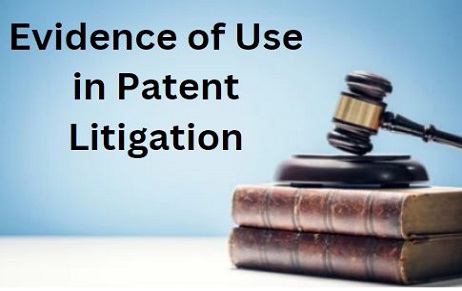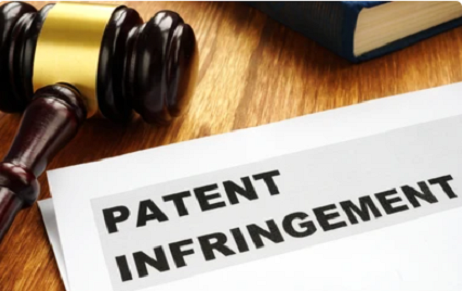All over the world today businesses strive for growth by maintaining a competitive edge in…
Clear and Convincing …Says US Apex
This blog is just an update of the US Supreme Court hearing in the case “Microsoft Vs. i4i”. For more details about the initial proceedings, please click here to visit my earlier blog “Clear and Convincing evidence” posted on January 10th, 2011.
The patent act indicates that issued patents are “presumed valid.” 35 U.S.C. § 282. In this case, Microsoft challenged the strength of that presumption — arguing that a low “preponderance” standard for proving invalidity should be sufficient rather than the higher “clear and convincing” standard required by the Court of Appeals for the Federal Circuit. The Supreme Court verdict was “We consider whether §282 requires an invalidity defense to be proved by clear and convincing evidence. We hold that it does.” Microsoft will now likely be forced to pay the $290 million judgment for infringing i4i’s patents.
The Supreme Court has rejected Microsoft’s argument and affirmed the Federal Circuit’s strong presumption of proof. Justice Sotomayor delivered the opinion for seven of the justices. By the time Congress enacted §282 and declared that a patent is “presumed valid,” the presumption of patent validity had long been a fixture of the common law. According to its settled meaning, a defendant raising an invalidity defense bore “a heavy burden of persuasion,” requiring proof of the defense by clear and convincing evidence. That is, the presumption encompassed not only an allocation of the burden of proof but also an imposition of a heightened standard of proof. Under the general rule that a common-law term comes with its common-law meaning, we cannot conclude that Congress intended to “drop” the heightened standard proof from the presumption simply because §282 fails to reiterate it expressly.
The Supreme Court similarly rejected Microsoft’s alternative proposal that the presumption of validity is weakened for validity challenges that were not considered by the USPTO during prosecution of the application. However, the Court did agree with Judge Rich’s American Hoist opinion that “new evidence” of invalidity likely carries more weight than evidence that had been previously considered and rejected by the Patent Office. In what may become the most litigated aspect of the decision, the Supreme Court says:
“Simplifying, if the PTO did not have all material facts before it, its considered judgment may lose significant force. And, concomitantly, the challenger’s burden to persuade the jury of its invalidity defense by clear and convincing evidence may be easier to sustain. In this respect, although we have no occasion to endorse any particular formulation, we note that a jury instruction on the effect of new evidence can, and when requested, most often should be given. When warranted, the jury may be instructed to consider that it has heard evidence that the PTO had no opportunity to evaluate before granting the patent. When it is disputed whether the evidence presented to the jury differs from that evaluated by the PTO, the jury may be instructed to consider that question. In either case, the jury may be instructed to evaluate whether the evidence before it is materially new and if so, to consider that fact when determining whether an invalidity defense has been proved by clear and convincing evidence. Although Microsoft emphasized in its argument to the jury that S4 was never considered by the PTO, it failed to request an instruction along these lines from the District Court. Now, in its reply brief in this Court, Microsoft insists that an instruction of this kind was warranted. That argument, however, comes far too late, and we, therefore, refuse to consider it.”
In its opinion, the court acknowledged policy arguments both for and against a strong presumption of validity (Citing Lemley & Lichtman), but in the end decided that it was bound to follow Congress and the common law precedent.
Author – Veera Raghavan Rajendran,
Patent Specialist, IIPRD.
The Author of the Blog can be reached: [email protected].


